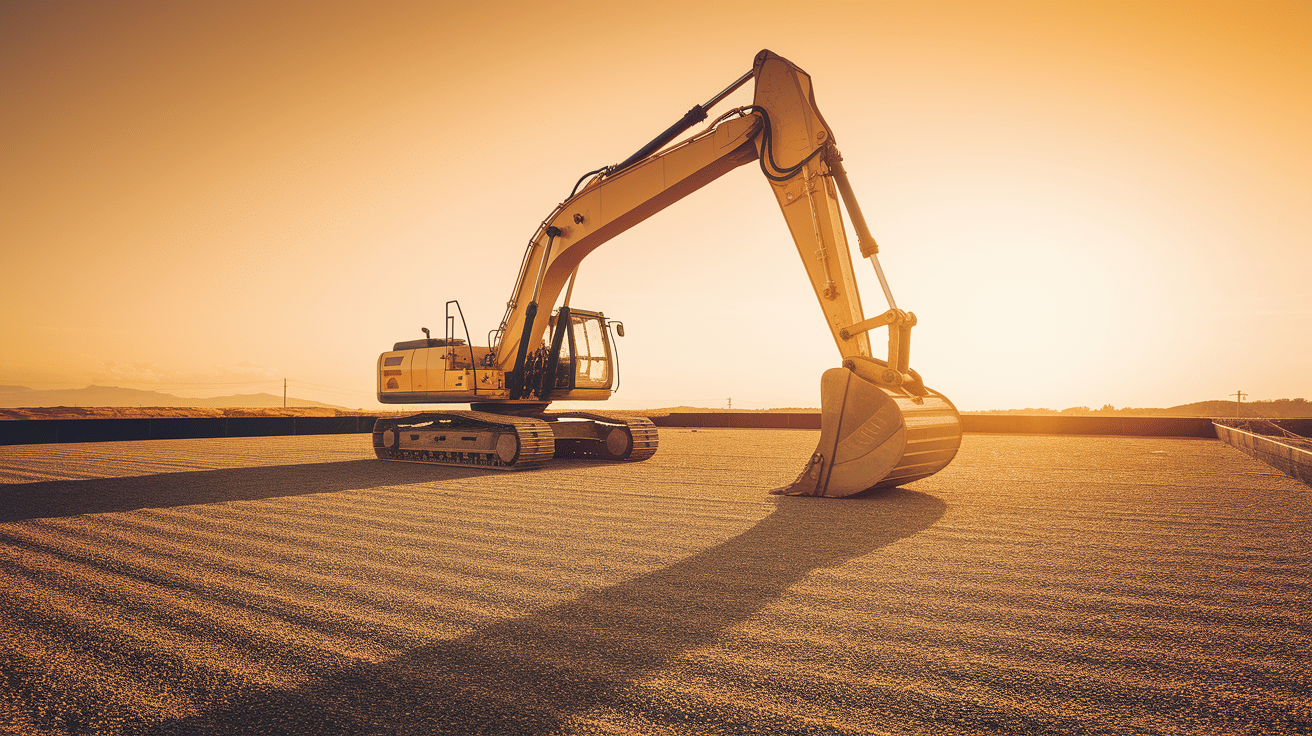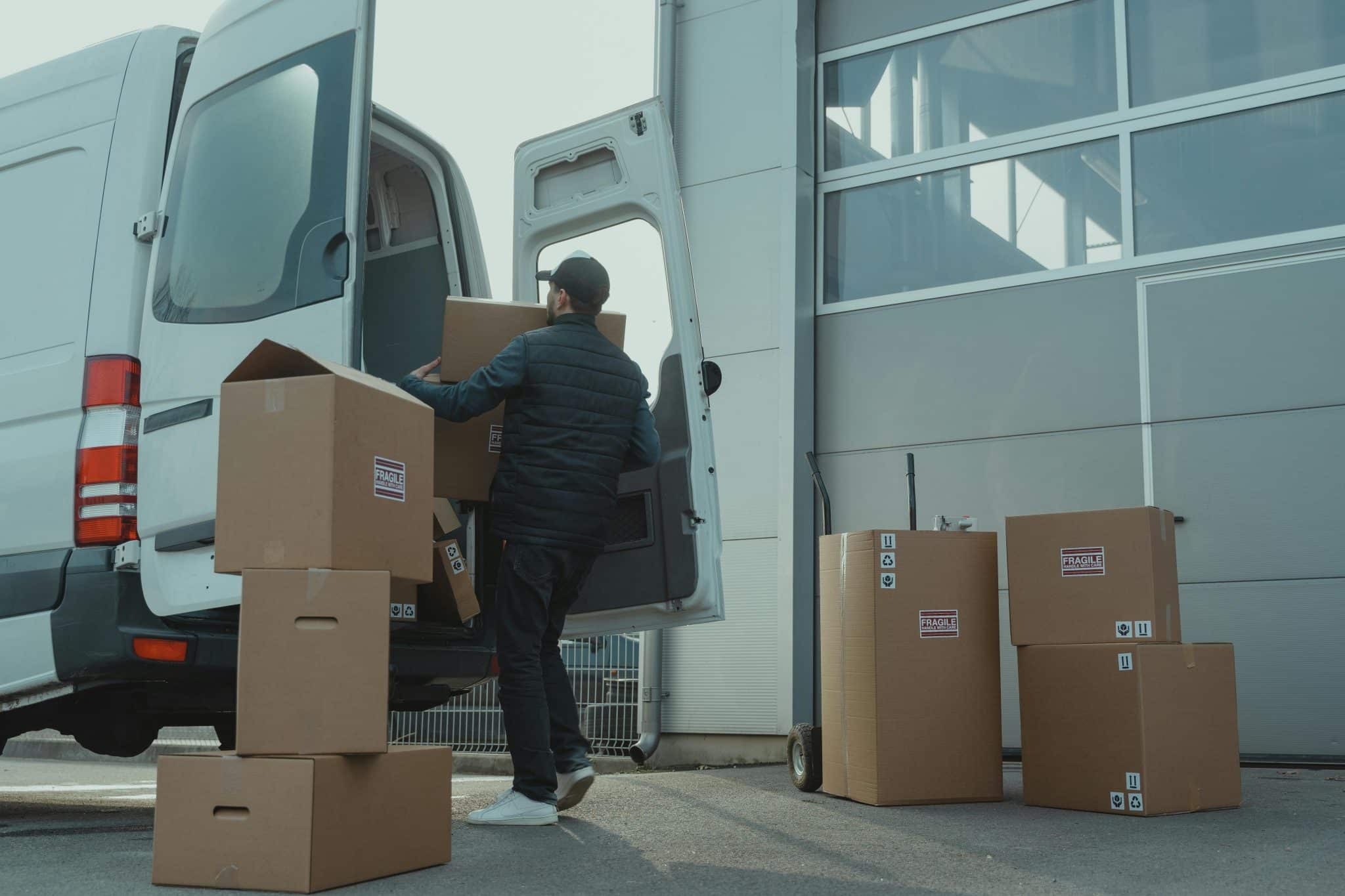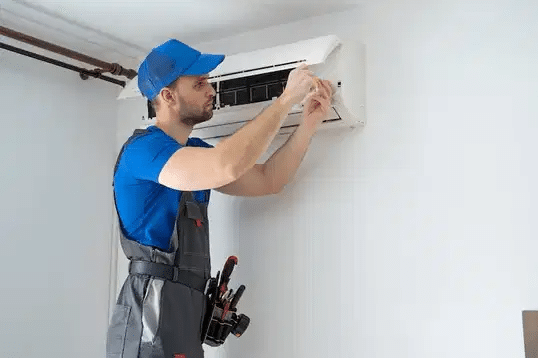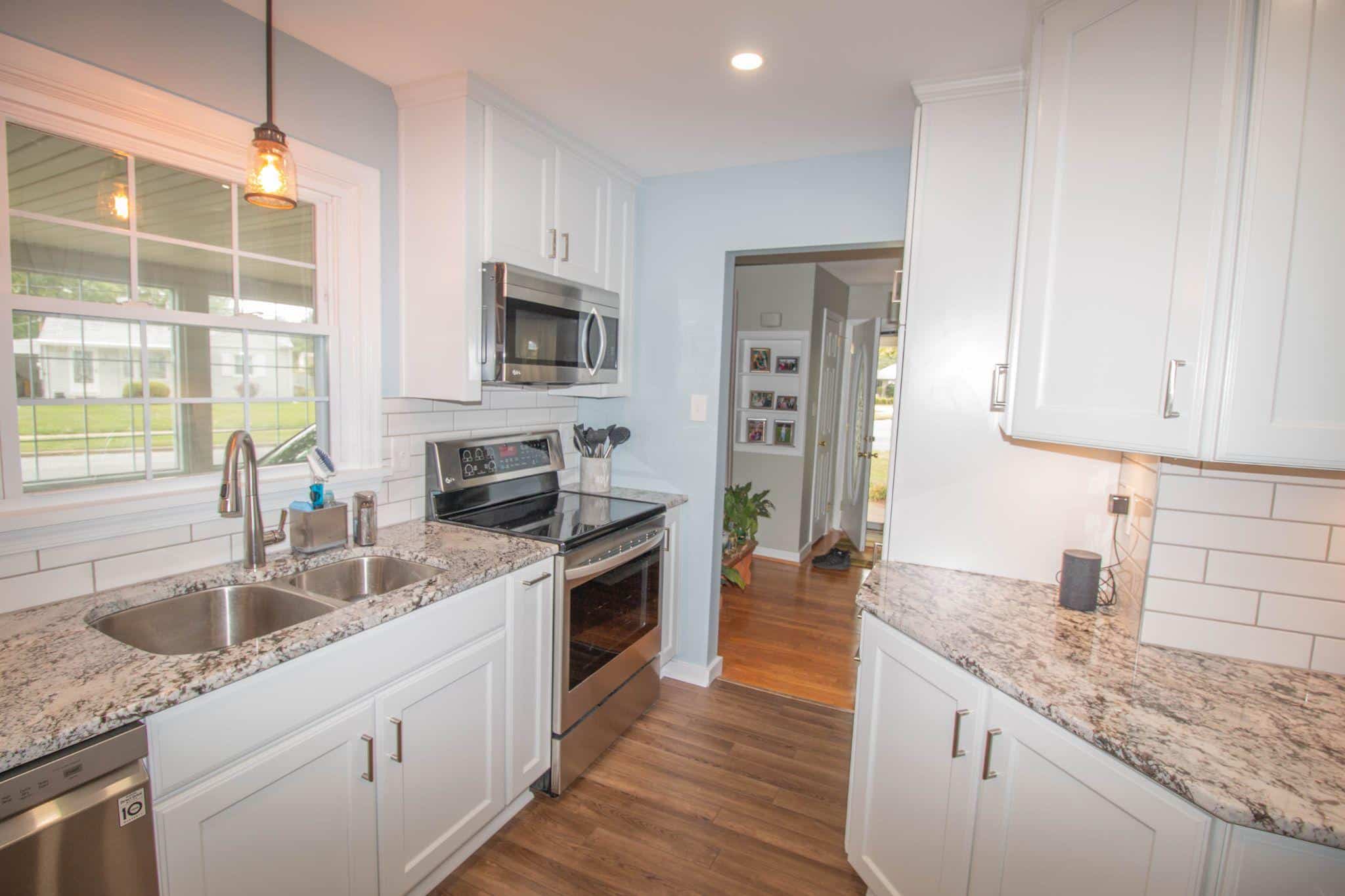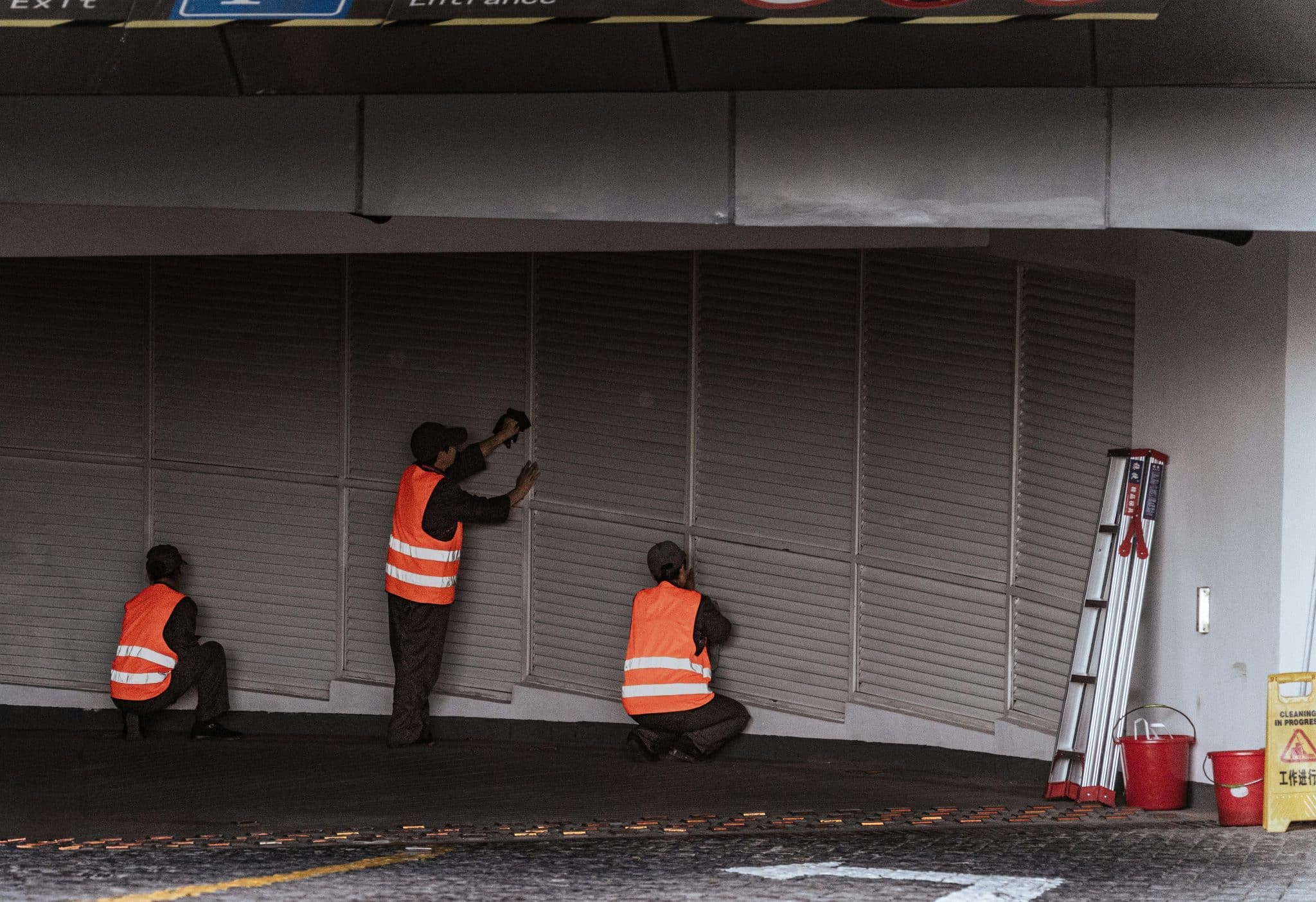Are you noticing cracks in your walls or doors that won’t close properly? Your foundation might be settling unevenly, creating problems that only get worse over time.
Foundation issues affect thousands of homeowners each year, causing stress and expensive repairs when left untreated. Uneven settling can lead to structural damage, plumbing problems, and even safety concerns for your family.
But here’s the good news: foundation leveling can fix these problems and protect your home’s value. With the right knowledge and approach, you can address foundation issues before they become major headaches.
This complete guide will show you the common causes of foundation problems, warning signs to watch for, and proven solutions that actually work. You’ll learn when to call professionals and how to prevent future issues.
Ready to save your foundation? Let’s get started with what you need to know.
What is Foundation Leveling?
Is your house showing warning signs like cracks in walls, doors that won’t close, or floors that feel uneven? These problems happen when your foundation sinks unevenly into the ground.
Foundation leveling fixes this by lifting your home back to where it should be. Think of it like adjusting a wobbly table, we raise the low spots so everything sits level again.
Why does this happen? Soil shifts, water changes, and time cause different parts of your foundation to sink at different rates. Instead of just covering up the cracks, foundation leveling solves the real problem underneath your home.
Common Signs Your Foundation Needs Leveling
Spotting early foundation issues can help you avoid costly repairs. Here’s a quick reference table of common signs your home might need leveling.
| WARNING SIGN | WHAT IT MEANS |
|---|---|
| Wall, floor, and ceiling cracks | Horizontal or stair-step cracks near doors and windows show movement and settling issues needing urgent repair. |
| Sticky doors and windows | Misaligned frames from foundation shifts cause doors and windows to stick or not shut properly. |
| Uneven or sloping floors | Tilting or sloped floors, or floor-wall gaps, indicate uneven settling beneath the foundation. |
| Gaps between walls and floors | Visible openings let in air, moisture, and pests, indicating that your structure may be shifting. |
| Structural shifts or leaning walls | Bowing or tilted walls are serious structural issues that call for immediate professional help. |
If you spot any of these warning signs, don’t wait. Hire a foundation expert to assess the situation and recommend the most suitable solution.
Factors Influencing the Choice of Leveling Method
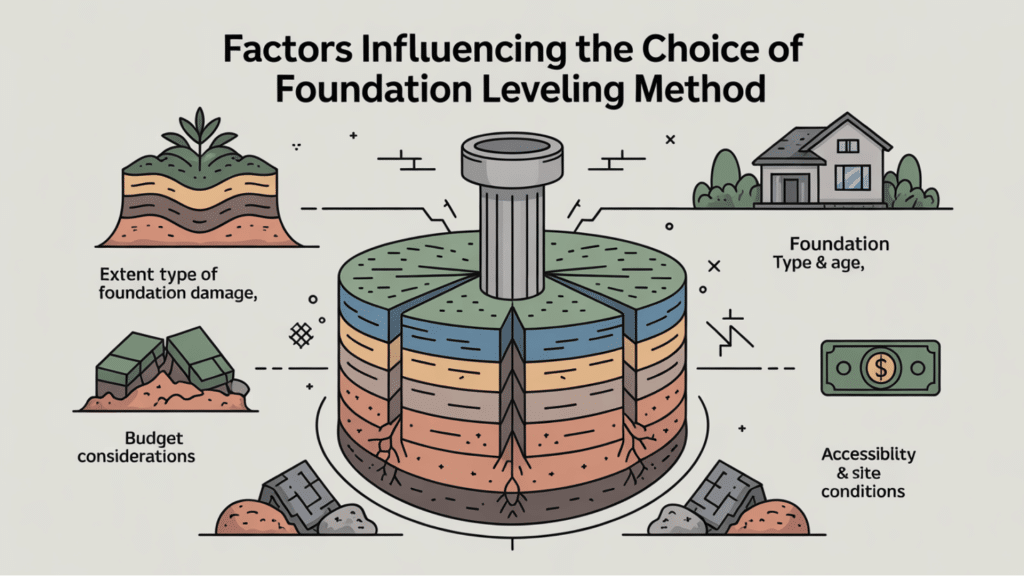
Selecting the right foundation leveling approach depends on several key variables unique to your property. Understanding these factors helps ensure you choose the most effective and cost-efficient solution for your specific situation.
1. Soil type and composition – The underlying ground conditions, including clay content, sand composition, and soil stability, determine which leveling techniques will be most effective and provide long-lasting results for your specific property.
2. Extent and severity of foundation damage – The degree of settling, cracking, or structural movement affects whether you need minor adjustments, moderate repairs, or complete foundation reconstruction using different leveling approaches.
3. Foundation construction type and age – Whether your home has a slab, pier and beam, or basement foundation, along with the materials used and when it was built, influences which leveling methods are compatible and safe to use.
4. Budget and cost considerations – The amount you’re willing to invest in foundation repairs determines whether you choose basic leveling solutions, premium methods with longer warranties, or comprehensive approaches that address multiple issues simultaneously.
5. Accessibility and site conditions – Physical constraints around your property, including landscaping, driveways, utility lines, and space for equipment access, impact which leveling techniques can be practically implemented at your location.
A professional foundation assessment will evaluate all these factors to recommend the best leveling method for your home.
Working with experienced contractors ensures that you make an informed decision, addressing your foundation issues effectively and within budget.
Different Methods of Foundation Leveling
The right foundation leveling method depends on your home’s foundation type, soil conditions, and the extent of settling damage.
1. Pier and Beam Foundation Leveling
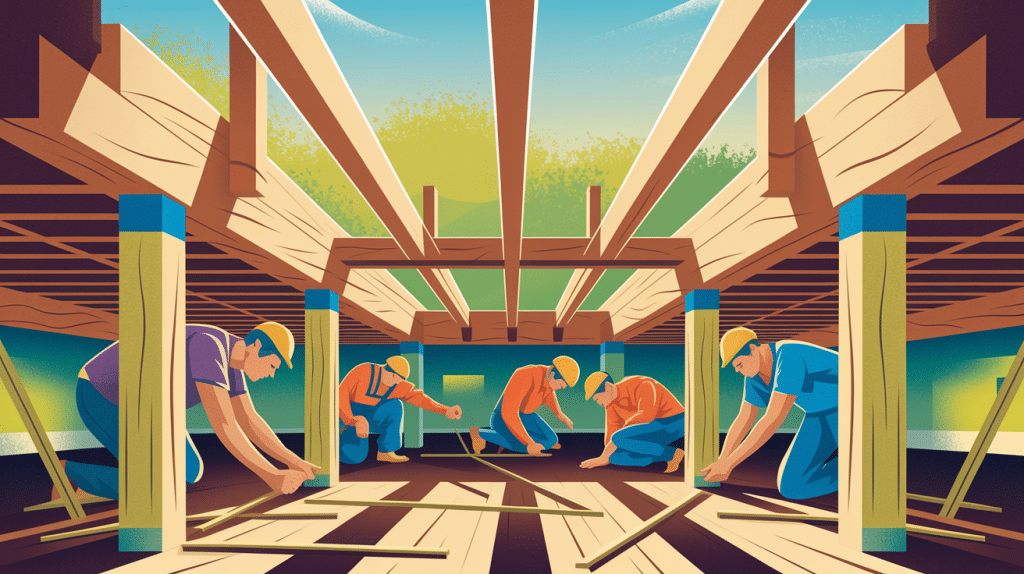
Pier and beam leveling adjusts the wooden posts and beams supporting your home’s foundation through methods like replacing damaged piers, adding new support points, or shimming existing beams to restore proper height and alignment.
This technique is commonly applied to older homes that were built using traditional foundation styles.
Key benefits and considerations:
- Easy access – Allows contractors to work in the crawl space without major excavation
- Cost-effective – Generally less expensive than other foundation repair methods
- Flexible repairs – Individual piers can be replaced or adjusted as needed
Keep in mind: This method only works for homes with existing pier and beam foundations and may require ongoing maintenance over time.
2. Slab Foundation Leveling
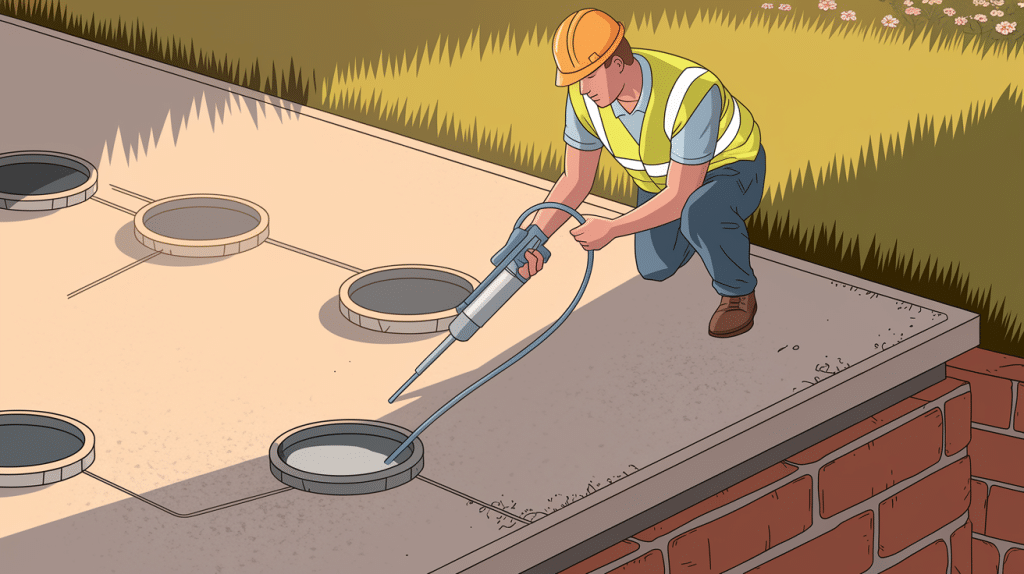
Slab leveling addresses concrete foundations that have settled or cracked by injecting materials underneath to lift and support the foundation.
Two main approaches include polyurethane foam injection, which expands to fill voids and lift the slab, and mudjacking, which pumps a cement mixture under the foundation to raise it back to level.
Comparison of methods:
- Polyurethane foam – Lightweight, quick-setting, and provides long-lasting support with minimal disruption
- Mudjacking – More affordable option, but heavier and may require larger injection holes
- Permanent solution – Both methods providea stable, long-term foundation support when done properly
Keep in mind: The choice between foam injection and mudjacking depends on your soil conditions, budget, and the extent of foundation damage.
3. Helical Piers and Push Piers
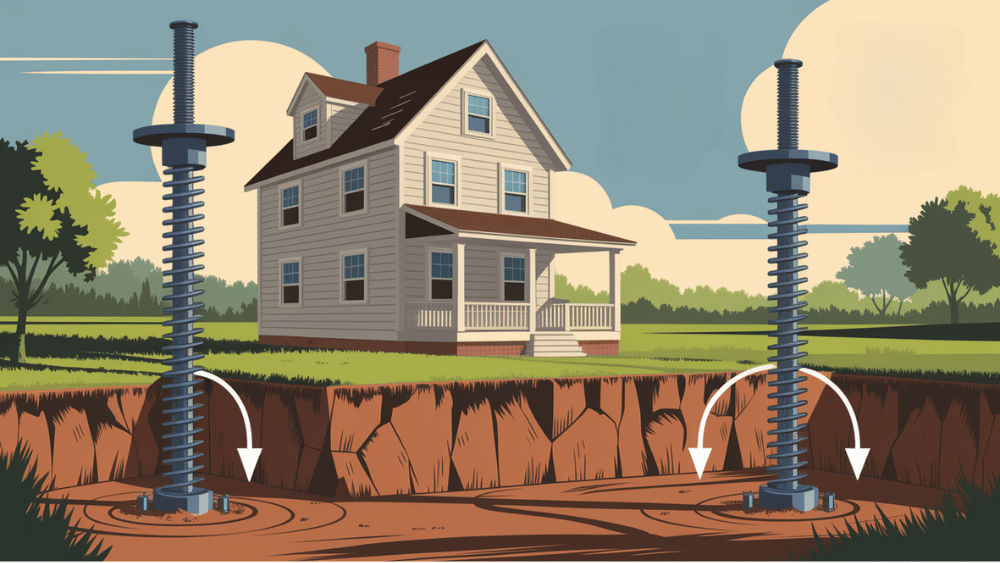
These steel pier systems provide deep foundation support by transferring your home’s weight to stable soil or bedrock layers.
Helical piers screw into the ground like large screws, while push piers are driven down using hydraulic pressure. Both systems can lift settled foundations and prevent future movement.
System advantages:
- Deep stability – Reach stable soil layers that won’t shift or settle over time
- Lifting capability – Can actually raise sunken foundations back to original position
- Permanent fix – Provides long-term structural support with minimal maintenance needs
Keep in mind: These methods require professional installation and are typically more expensive than other foundation repair options, but they offer the most reliable long-term solution.
Cost of Foundation Leveling
Understanding foundation leveling costs helps you budget properly and make informed decisions about your home’s structural needs.
| Leveling Method | Average Cost Range | Cost Per Square Foot | Best For |
|---|---|---|---|
| Pier and Beam Leveling | $1,500 – $5,000 | $5 – $10 | Older homes with existing pier foundations. |
| Mudjacking (Slab) | $500 – $1,500 | $3 – $6 | Minor slab settling is a budget-friendly option. |
| Polyurethane Foam Injection | $300 – $800 | $5 – $15 | Small areas, quick fixes. |
| Helical Piers | $1,200 – $1,500 per pier | $15 – $30 | Severe foundation problems. |
| Push Piers | $1,000 – $1,400 per pier | $10 – $25 | Heavy structures, deep stability. |
Financial Benefits of Timely Repairs:
Acting quickly on foundation problems saves money in the long run. Small repairs that cost $1,000 today can prevent $10,000+ in structural damage later. Additionally, proper foundation leveling maintains your home’s market value and prevents costly secondary problems like plumbing damage, electrical issues, and interior repairs.
Benefits of Proper Foundation Leveling
Benefits of Proper Foundation Leveling: Addressing foundation issues early protects your home’s structural integrity and your investment.
1. Prevents costly structural damage – Proper leveling stops foundation problems from spreading to other parts of your home, saving you thousands in future repairs to walls, floors, and roofing systems.
2. Enhances home safety and stability – A level foundation ensures your home remains structurally sound, protecting your family from potential hazards like collapsing floors or unstable walls.
3. Increases property value – Homes with solid, level foundations maintain their market value better and attract more buyers when you decide to sell, often recouping the repair investment.
4. Eliminates secondary problems – Foundation leveling fixes issues like sticking doors, cracked walls, and plumbing problems that occur when your home’s structure shifts out of alignment.
5. Provides long-term peace of mind – Once properly leveled, your foundation will remain stable for decades, giving you confidence in your home’s structural integrity and reducing ongoing maintenance concerns.
Don’t wait for foundation problems to worsen – proper leveling is an investment in your home’s future stability and value.
Causes and Solutions for Foundation Problems
Understanding what causes foundation issues helps you prevent future problems and choose the right repair approach.
1. Poor soil drainage and water accumulation – Excessive moisture around your foundation from improper grading, clogged gutters, or poor drainage systems causes soil expansion and contraction that leads to foundation movement.
Solution: Install proper drainage systems, extend downspouts, and ensure adequate grading away from the foundation.
2. Natural soil settling and compaction – Over time, the soil beneath your foundation naturally compresses and settles, especially if it wasn’t properly compacted during construction, creating uneven support that causes foundation sinking.
Solution: Professional foundation leveling using piers, pads, or underpinning to restore proper support and stability.
3. Expansive clay soil movement – Clay soils dramatically expand when wet and shrink when dry, creating constant pressure changes that push and pull on your foundation, causing cracks and structural shifts.
Solution: Moisture control systems, root barriers, and specialized foundation designs that accommodate soil movement.
4. Plumbing leaks and water line breaks – Hidden water leaks from pipes, sewer lines, or irrigation systems saturate the soil around your foundation, weakening the ground support and causing localized settling or heaving.
Solution: Promptly repair all plumbing leaks, install leak detection systems, and address any water damage to the surrounding soil.
5. Tree roots and vegetation interference – Large trees planted too close to your home extract moisture from the soil, causing it to shrink and pull away from the foundation, while roots can also physically damage foundation walls.
Solution: Remove problematic trees, install root barriers, and maintain proper distance between vegetation and foundation walls.
Addressing these root causes early prevents minor issues from developing into major structural problems that require expensive repairs.
Conclusion
Foundation leveling is essential for maintaining your home’s structural integrity and protecting your investment.
From minor settling to major structural shifts, addressing foundation problems early prevents costly repairs and keeps your family safe.
The right leveling method depends on your foundation type, soil conditions, and budget. Whether you choose pier and beam adjustments, slab leveling with foam injection, or steel pier systems, professional installation ensures lasting results.
Don’t wait until small cracks become major problems. Foundation issues only get worse over time, turning affordable repairs into expensive structural overhauls. By taking action now, you’ll save money, maintain your home’s value, and ensure your family’s safety.
Ready to fix your foundation problems? Contact a qualified foundation specialist today for a professional assessment and get back to enjoying your home with confidence.

